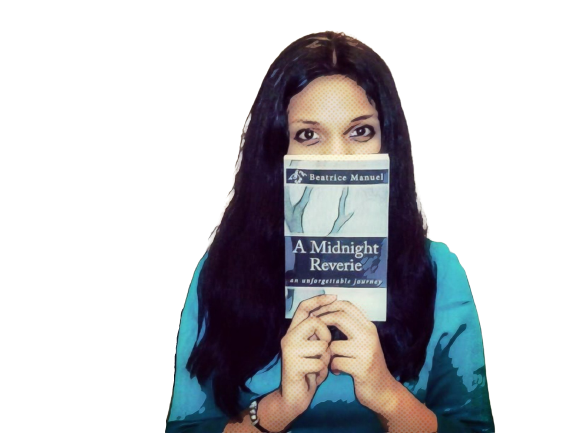
“I’m writing a first draft and reminding myself that I’m simply shovelling sand into a box so that later I can build castles.” Shannon Hale
I remember the lesson we had on writing drafts in my Creative Writing class in middle school. My teacher, Mrs. G, took us through the importance of drafting and why refining the various elements of our stories is important at each level.
“The first draft,” she said, “is for yourself.” You’re telling yourself the story for the first time. You’re exploring your characters, their world and their lives. It’s a journey to get to know them and understand the bones of your story.
Now, some writers think that once they’ve penned down their first draft, that’s it! Just a couple grammatical fixes here and there, sprinkle a little literary fairy dust on that spectacular ending scene, and voila!
While I certainly don’t think you need 100 drafts to make yours publishing-ready, you will never hear me recommend sticking to just the one. There is no magic number for the drafts you have to write but if there was, 1 certainly isn’t it.
tore veritatis et quasi architecto beatae vitae dicta sunt explicabo.
Going Beyond the First Draft
Here’s the thing about first drafts: you have no control over how they turn out.
Yes, you’re the writer and the creator of the story but more often than you’d expect, your characters can steer the story in a different direction.
As you breathe life into your ideas, be prepared to see them fruition in ways different to what you expected. Writing the first draft is all about letting go, silencing your inner critic and getting those words down with reckless abandon.
But what comes after?

Firstly, a breather. Let your draft sit for sometime before you revisit it – a week, maybe two, depending on how you feel. Then, reread your story with fresh eyes. Put yourself in the reader’s shoes, bring out your inner critic, and you’ll be able to identify inconsistencies and ‘problem areas’ in your story that you need to work on.
The Magic of Second Drafts
This is where you sit down and really start refining your work.
We let ourselves get carried away with the first draft but the second allows you to examine your work more critically and make the big-picture changes your work might need.
Some people, after the second draft, jump straight to editing and revising their work to create a polished third and final draft. I don’t do this – I leave the grammatical edits and fixes to the very end. Instead, I let my second draft breathe for a bit and in that time, send it to a critique group for some feedback (think: beta readers!)
Although you don’t necessarily have to, sharing your work with others can be of great help, especially if you’re looking to publish it at some point. Readers can catch something you’ve missed and point it out to you – critical feedback you can incorporate into your final draft.

The Final Draft: What Number Is It?
Does the final draft have to be your third? Nope.
There may be several drafts that come in between your second and your last. On the contrary, there may also just be one or two. There is no hard number for you to stick to when it comes to your drafting process.
Everyone’s story is unique and can take shape in different ways. Allowing yourself the flexibility to explore that instead of limiting yourself or pushing yourself to do a certain number of drafts is important.
Some writers follow a 3-draft practice. Others do 10. I’ve done both. For NaNoWriMo 2020, I’m working on my sixth draft to a novel that I intend to be the final one prior to professional editing.
The number of drafts you write is utterly dependent on your project and your style. Some important factors to consider include…
The Genre of Your Story
If you’re writing a fantasy novel with intense world-building aspects, chances are you’ll have more drafts than a YA contemporary writer. The genre you write in can make a huge difference on your drafts.
The Purpose of Your Writing
Are you aiming to get your work published? Then prepare yourself to go through a lot of drafts, even more so if you’re opting for traditional publication.
However, if you’re writing just for yourself and don’t have plans to publish, you can limit your drafts to how many ever you need to feel content with your own work.
Reader Feedback
While it’s wonderful to get feedback from beta-readers, you should also be aware that every draft you produce, even the ones you intend to be the last, will return feedback that can prompt you to change things. That’s because no one story is perfect.
Readers will always have opinions to share. The important thing is to know which ones to take.

It’s completely alright to revise your draft on the basis of critical feedback you get but you should also retain the essence of your story and its original vision.
Remember: you can’t make every reader happy. What you can do is write the story you want to tell in the way you want to tell it.
Get Drafting
I’ve seen writers break their heads over how many drafts to write to make their story perfect. Heck, even I’ve struggled with that too.
Drafting can be a bit of a balancing act but it’s important to keep an eye on your goal.
Write, edit, re-write and repeat. Keep drafting for as long as you need to.
But write with purpose. This is what will make your final draft shine.


0 Comments